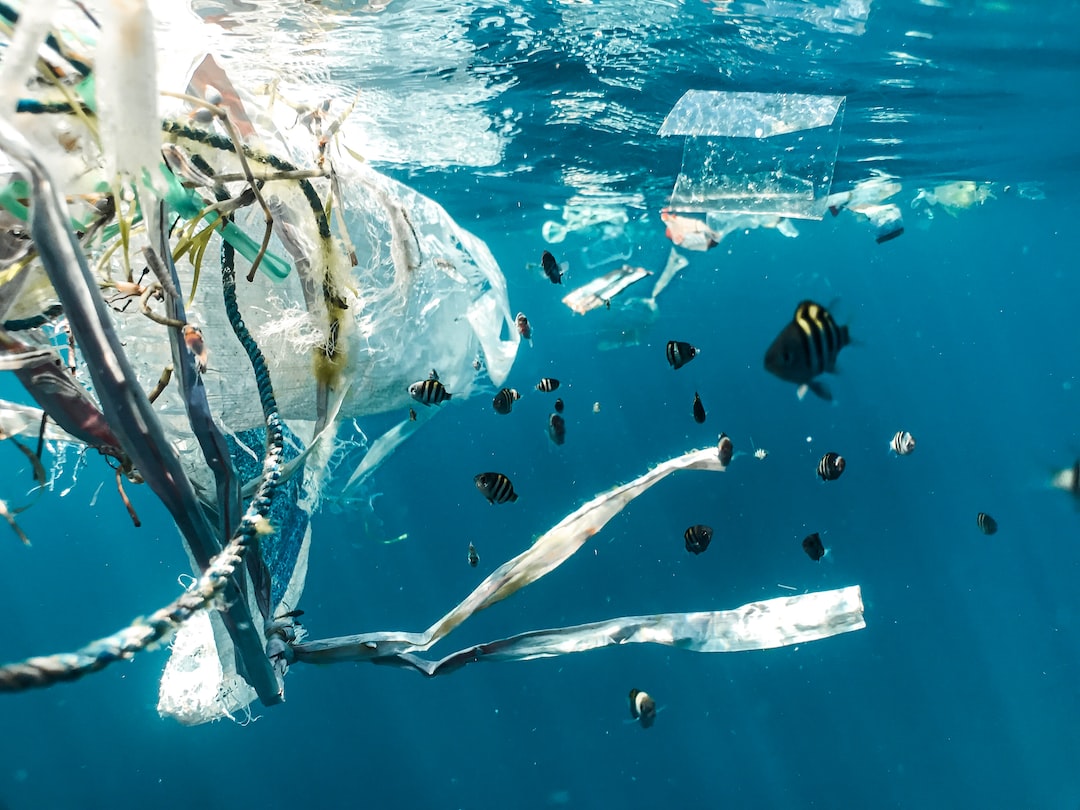Environmental Testing is a crucial process that involves assessing the impact of various substances on the environment, ensuring the safety and well-being of both humans and ecosystems. To conduct accurate and reliable environmental tests, researchers and professionals rely on a range of tools and equipment specifically designed for this purpose. In this article, we will explore 10 essential tools and equipment used for environmental testing.
1. pH Meters: These instruments measure the acidity or alkalinity of different environmental samples. pH levels play a key role in determining the quality of water, soil, and other substances.
2. Gas Analyzers: Gas analyzers detect and measure the concentration of various gases, such as carbon dioxide, methane, and volatile organic compounds. These instruments are crucial for identifying potential pollutants and sources of air pollution.
3. Water Testing Kits: Water testing kits are used to analyze the quality of water from different sources, including lakes, rivers, and groundwater. They provide information on parameters like turbidity, dissolved oxygen, and chemical contaminants.
4. Soil Sampling Tools: To assess the health of soil and identify potential contamination, soil sampling tools are required. These tools include soil probes, augers, and corers that allow professionals to collect samples for analysis.
5. Spectrophotometers: Spectrophotometers are utilized to measure the absorbance or reflectance of light by a sample. They are commonly used in environmental testing to determine the concentration of pollutants in water, air, and soil samples.
6. Anemometers: Anemometers measure wind speed and direction, which is crucial for studying air pollution dispersion and weather patterns. This information helps assess the impact of pollutants on the surrounding environment.
7. Weather Stations: Weather stations provide real-time data on temperature, humidity, rainfall, and atmospheric pressure. This information is vital for understanding weather patterns and how they affect environmental conditions.
8. Microscopes: Microscopes are used to examine microscopic organisms and particles in environmental samples. They are essential tools for identifying pollutants, studying insect populations, and analyzing microbial activity.
9. Noise Meters: Noise pollution is a significant concern in environmental testing. Noise meters measure sound levels and help assess the impact of noise on human health and wildlife.
10. Air samplers: Air samplers collect air samples for the analysis of particulate matter, volatile organic compounds, and other pollutants. They play a crucial role in assessing air quality and understanding the potential health risks associated with airborne pollutants.
These 10 essential tools and equipment are indispensable for environmental testing. They enable researchers, scientists, and environmental professionals to monitor, analyze, and mitigate the impact of various substances on our environment. Through the efficient use of these tools, we can work towards preserving and protecting our natural resources for generations to come.
——————-
Article posted by:
The Climatic Tester
https://www.theclimatictester.com/

